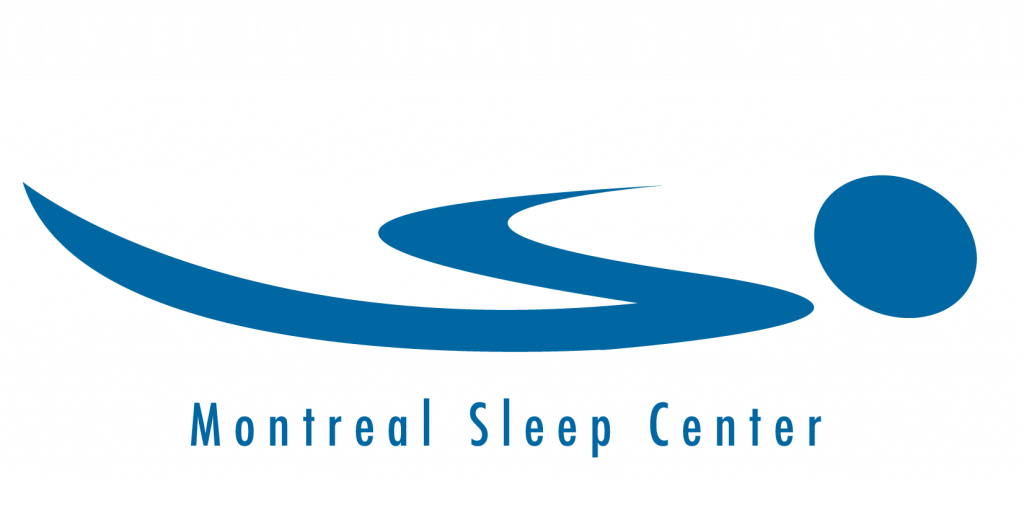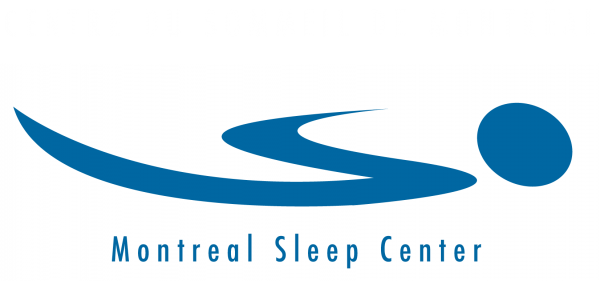Snoring is often brushed aside as a funny — or frustrating — nighttime habit, but what if your body is trying to tell you something?
Jaime Williams, the regional director of Respiratory Therapy Specialists Inc. (RTS), says approximately five per cent of men and three per cent of women have Obstructive Sleep Apnea. Snoring and gasping or choking at night are key indicators, but symptoms also include excessive sleepiness during the day, drowsiness while driving, restless sleep, poor memory or concentration, high blood pressure and being overweight or obese are also associated with the condition.
Since many of those symptoms could indicate other issues, Williams says it isn’t always clear to people if they need to investigate something.
“A lot of people just don’t know the symptoms, so they don’t make the connection that they may have Obstructive Sleep Apnea,” says Williams. “We’re always trying to raise awareness so more people understand what can indicate they — or their partner — may have Obstructive Sleep Apnea.”
Obstructive Sleep Apnea (OSA) is a potentially life-threatening condition that occurs when a person repeatedly stops breathing while they sleep due to a collapse in their airway. It isn’t always clear why a person has OSA, but causes can include weight gain, alcohol or sedative use, decreased muscle tone or the physical makeup of the person’s airway.
Williams says OSA can only be diagnosed through a sleep study — home sleep testing can be done in a single night in the comfort of your own bedroom.
“One of our respiratory therapists shows you how to use a portable sleep monitor and you bring it home with you to use that night,” says Williams. “The next day, you just bring the device back in, the data is sent to a specialist and then you get your results.”
Left undiagnosed and untreated, OSA can result in decreased quality of life, diabetes, impotence, high blood pressure, stroke or cardiac arrest and can contribute to motor vehicle collisions.
“We want people to call us if there’s even a chance they might need treatment,” says Williams. “It can be very serious to ignore the symptoms.”
When someone is diagnosed with OSA, Williams says the most common and successful treatment is Continuous Positive Airway Pressure (CPAP). These systems apply continuous, mild air pressure to keep a person’s airways open.
“Keeping our patients comfortable is our primary goal, so we choose products that use the latest technology,” says Williams. “We have a wide range of CPAP machines, and our patients rest assured knowing they are receiving the most comfortable and advanced treatment for their condition.”
Source: thetelegram.com

